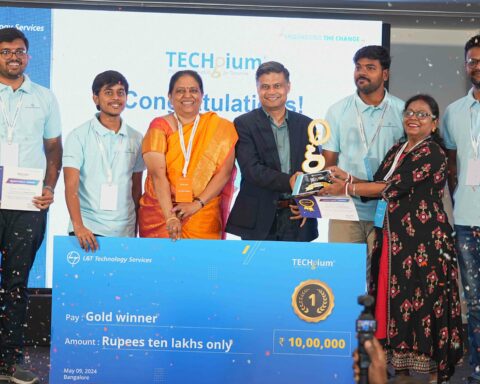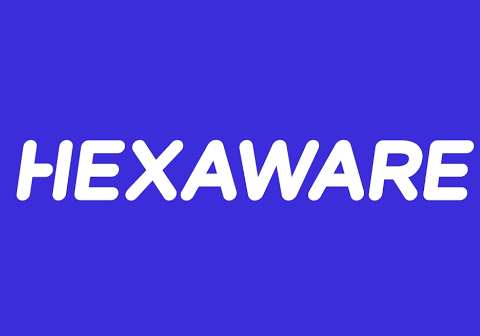- Kumar Vembu, Founder and CEO, GOFRUGAL
“In the pre-pandemic era, Technology was in the hands of the employees especially in MSME business. The COVID-19 pandemic has forced digital transformation on business in every industry. 2021 is an inflection point where business of all sizes, especially the MSMEs, should provide access to their technologies and tools to their customers, suppliers and service providers. Technology that not only promotes self-service to every stakeholder in business but also empowers every stakeholder in business with real time insights. Integration and interoperability are key ingredients for success. Businesses will adopt SaaS platforms that are secure, open, agile, intelligent, cognitive, elastic and scalable.
Technologies that helps consumers enjoy self service experience like express-checkout counters, kiosk, RFID, endless aisle and technologies that help in offering personalized experience such as computer vision, AI/ML will get mainstream during 2021. The push for the adoption will come from the consumers who are exposed to the best of experiences and they will start demanding the same from their local businesses.
In summary, 2021 will result in significant improvement in customer experience driven by self-service and personalization through open platforms.”
- Algorithmic decision-making will increasingly incorporate counterfactuals – Ramprakash Ramamoorthy, product manager, Zoho & ManageEngine Labs
As it currently stands, many AI models’ decisions are solely made based on correlation, much like the decision-making of a three-year-old child. However, these models are progressing to include causal techniques and counterfactuals. As an example, many banks use AI-models to make lending decisions. One bank’s AI model may reject a loan application due to a low credit score. However, a better model would account for causal techniques and also enable counterfactual inference over the loan applicant’s data points. In essence, the model will show what other variables the applicant can include to receive the loan. Additionally, causation and counterfactuals help to prevent preconceived biases from arising from the datasets.The incorporation of counterfactuals will become increasingly prevalent in algorithmic decision-making.
- Increasing utilisation of analytics by non-IT departments –Rakesh Jayaprakash, product manager, ManageEngine
Now that organisations realize the effectiveness of analytics platforms in measuring productivity, its usage is expected to penetrate to not just IT but other departments that have traditionally not relied on analytics applications. For example, data from HR applications combined with employee performance metrics can be used to measure the influence of employee welfare initiatives on employee productivity.
This focus on analytics brings an interesting dynamic to the way organisations work and also introduces a set of challenges in data governance and maintenance. Since this will be a new area of focus for most departments, organisations will take a conservative approach in terms of deciding individual stake holders from various departments who will have access to the consolidated data. IT will play a pivotal role in facilitating fine-grained access levels before moving to a higher trust model where individual teams have complete access to all relevant data that is necessary for their efficient functioning.
- Mr. Ram Sukumar, CEO & Co-founder, Indium Software
Digital transformation is no more a trend but a necessity to be ahead of the competition by improving efficiency, reducing costs and enhancing customer delight. Encompassing a wide range of technologies including Cloud, Big Data, AI/ML and blockchain, it enables businesses to automate processes and focus on innovation. The digital solutions market today is valued around USD 469.8 billion and is growing at a CAGR of 16.5% to reach USD 1009.8 billion by 2025. We see Internet of Things (IoT) devices penetrating the market at a faster rate and this is going to be at the front and center of next-generation data analytics. Digital solutions, data engineering, cloud infrastructure, low code application development, smart test automation and AI-based text analytics are revolutionizing the way businesses work and will continue to be areas to watch out for in 2021. We also see mid-market solution providers pivoting around technology solutions such as Mendix, Striim, Mulesoft, Denodo etc. through partnerships to speed up market adoption of these technologies across different verticals.”
2 mins read
Technology Observations and trends predictions for 2021 by leading IT product and services companies:






